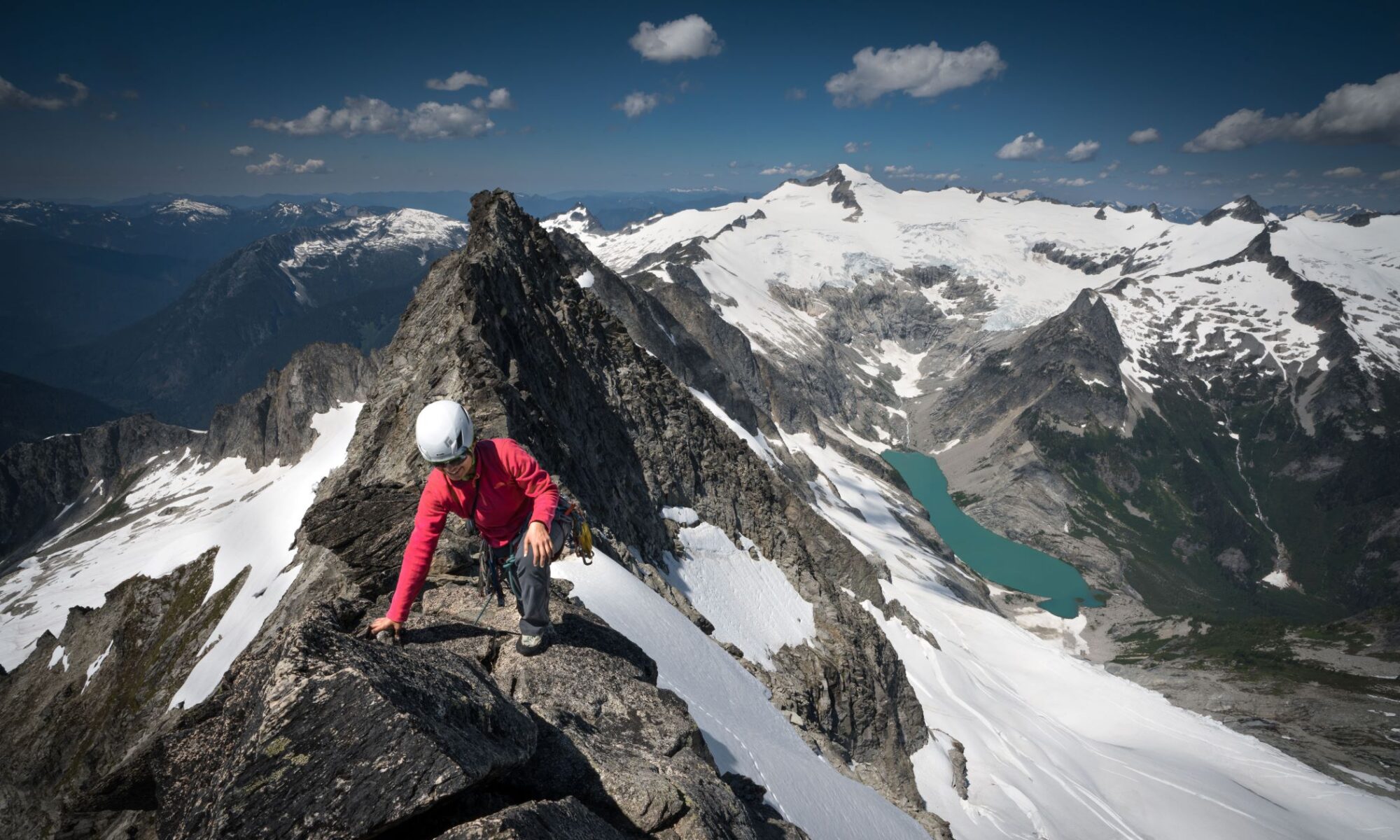
Pilot Rock/Bureau of Land Management
By The Mazama Conservation Committee
The Mazamas fully embrace the opportunity to publicly support the Bureau of Land Management’s historic effort to address our intensifying climate crisis by improving biodiversity and ecosystem resilience on our public lands. Our current predicament unquestionably demands aggressive action and rethinking fundamental priorities.
We agree wholeheartedly that preserving mature, old-growth forests is essential to any new plan. Not only do these forests store vast quantities of carbon from our atmosphere, but logging activity in these forests instead releases vast, harmful quantities of carbon – and needs to stop now.
These mature forests have shown they are more resilient to drought, insects, and fire, rendering them more valuable than ever. They support countless wildlife and plant species, enhance our threatened water supplies, and help combat flooding and erosion. Saving them from destruction must be a keystone of any forward-thinking and, yes, planet-saving, standards.
We believe much more can, and should, be done to mitigate and even reverse ongoing damage to our public lands. The BLM must continue to decommission unneeded roads. It should greatly limit free-range grazing and transition to rotational grazing wherever possible. The Bureau must work to restore and protect critical wetlands; and focus on biodiversity (rather than monoculture) when replanting/reseeding in deforested or otherwise-damaged areas. While the BLM and other public land managers have long juggled competing priorities of economic, recreational, and ecological interests, at this point there is only one path forward, lest these publicly owned treasures simply cease to exist: Restoration and preservation of environmental health and biodiversity must lie foremost in all planning.
(This was submitted to Interior Secretary Deb Haaland and BLM Director Tracy Stone-Manning on behalf of the Mazamas)


Please be more careful with your claims. There are good reasons to oppose logging of old growth timber, but carbon release is not one of them. Cutting a tree down, even sawing it into spec lumber, does not release the carbon. As long as the wood remains wood, the carbon remains sequestered in that wood. That is obvious if you think about it. In fact, if other trees are planted to replace those cut, those new trees will continue to remove carbon dioxide from the air.